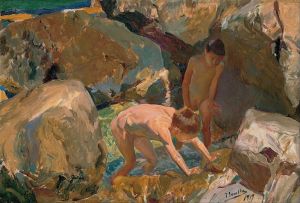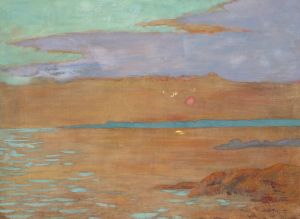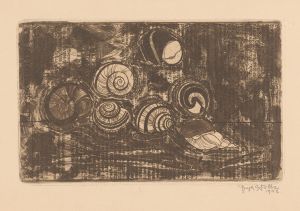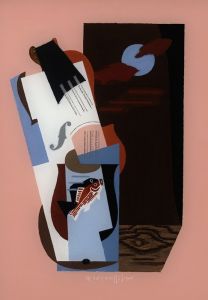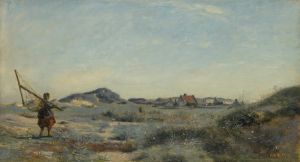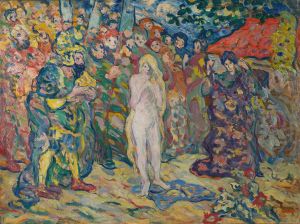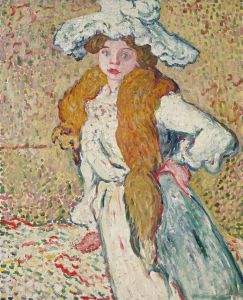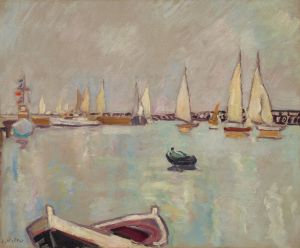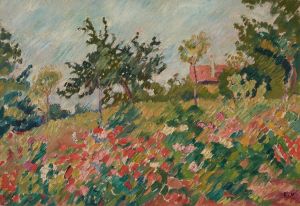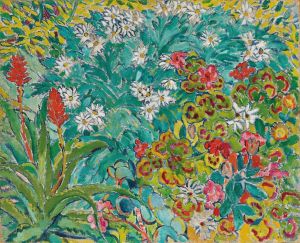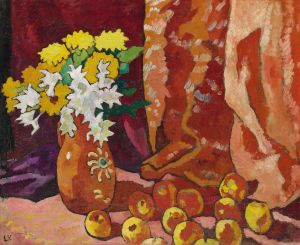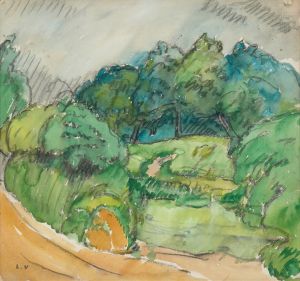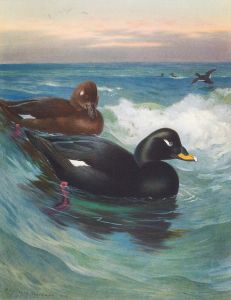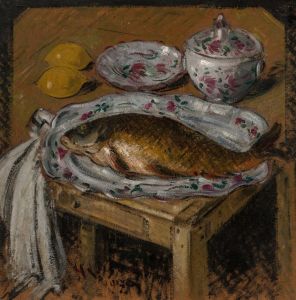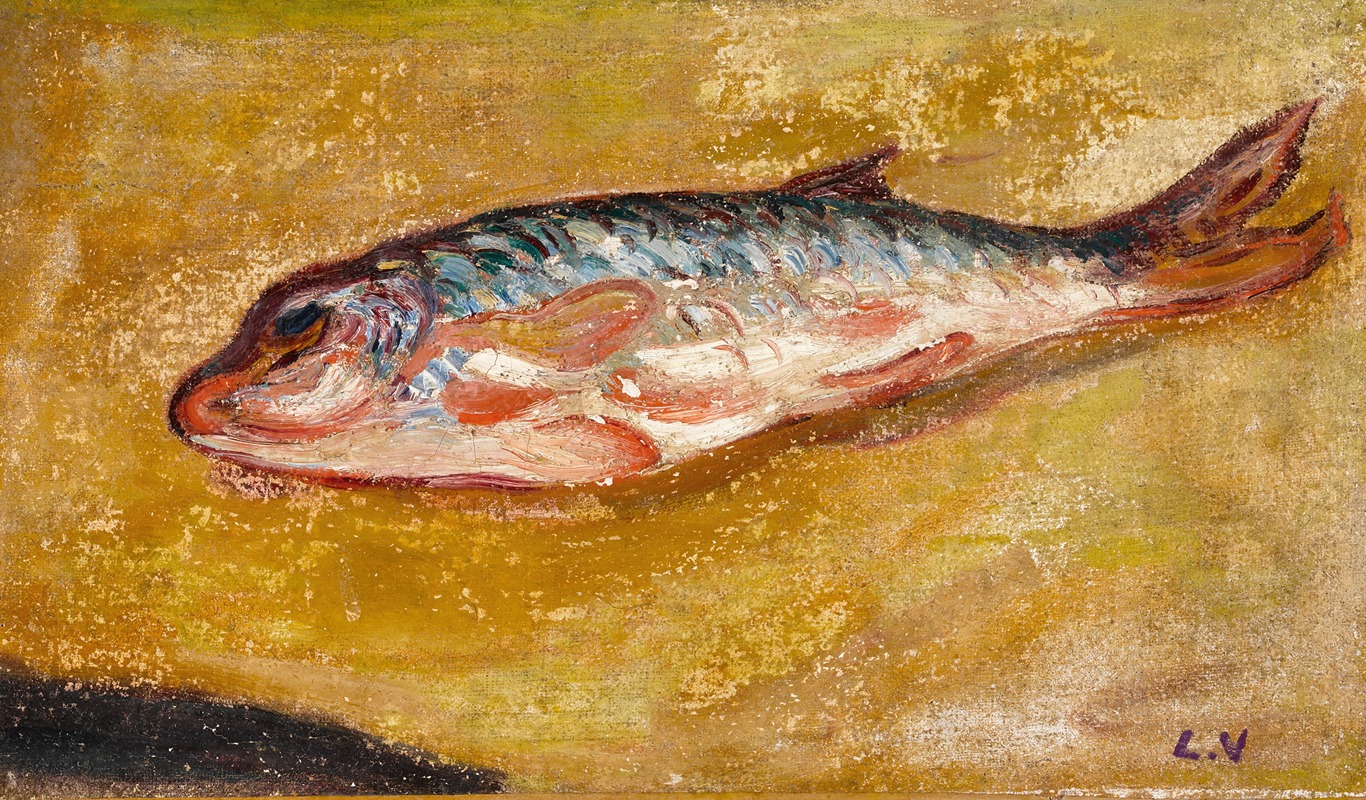
Le poisson
A hand-painted replica of Louis Valtat’s masterpiece Le poisson, meticulously crafted by professional artists to capture the true essence of the original. Each piece is created with museum-quality canvas and rare mineral pigments, carefully painted by experienced artists with delicate brushstrokes and rich, layered colors to perfectly recreate the texture of the original artwork. Unlike machine-printed reproductions, this hand-painted version brings the painting to life, infused with the artist’s emotions and skill in every stroke. Whether for personal collection or home decoration, it instantly elevates the artistic atmosphere of any space.
Louis Valtat was a French painter associated with the Fauvist movement, known for his vibrant use of color and expressive brushwork. Born in 1869 in Dieppe, France, Valtat was a contemporary of artists like Henri Matisse and André Derain, and he played a significant role in the development of modern art in the early 20th century. His work is characterized by bold colors and a dynamic approach to composition, often depicting scenes of everyday life, landscapes, and still lifes.
"Le Poisson" is one of Valtat's notable works, showcasing his distinctive style and thematic interests. While specific details about the painting "Le Poisson" are limited, it is representative of Valtat's broader oeuvre, which often includes still life compositions featuring fruits, flowers, and other objects. In his still lifes, Valtat frequently employed a vivid color palette and loose, expressive brushstrokes, which were hallmarks of the Fauvist movement. This approach allowed him to convey a sense of immediacy and emotional intensity, transforming ordinary subjects into vibrant and engaging compositions.
Valtat's artistic journey began at the École des Beaux-Arts in Paris, where he studied under the tutelage of renowned artists like Gustave Boulanger and Jules Lefebvre. He later attended the Académie Julian, where he further honed his skills and developed his unique style. Valtat's early works were influenced by Impressionism, but he gradually moved towards a more expressive and colorful approach, aligning himself with the Fauves.
The Fauvist movement, which emerged in the early 1900s, was characterized by its radical use of color and a departure from traditional representational art. Valtat, along with artists like Matisse, Derain, and Maurice de Vlaminck, embraced this new approach, using color as a primary means of expression rather than merely a tool for depicting reality. This shift allowed Valtat to explore the emotional and aesthetic possibilities of color, creating works that were both visually striking and emotionally resonant.
Throughout his career, Valtat exhibited his work in various prestigious venues, including the Salon des Indépendants and the Salon d'Automne. His contributions to the art world were recognized by his contemporaries, and he maintained a close association with other leading artists of his time. Despite the challenges posed by his declining health in later years, Valtat continued to paint and innovate, leaving behind a rich legacy of work that continues to be celebrated today.
"Le Poisson," like many of Valtat's paintings, exemplifies his ability to transform everyday subjects into vibrant compositions through his masterful use of color and form. While specific information about this painting may be limited, it remains an important part of Valtat's body of work, reflecting his contributions to the Fauvist movement and his enduring influence on modern art.





